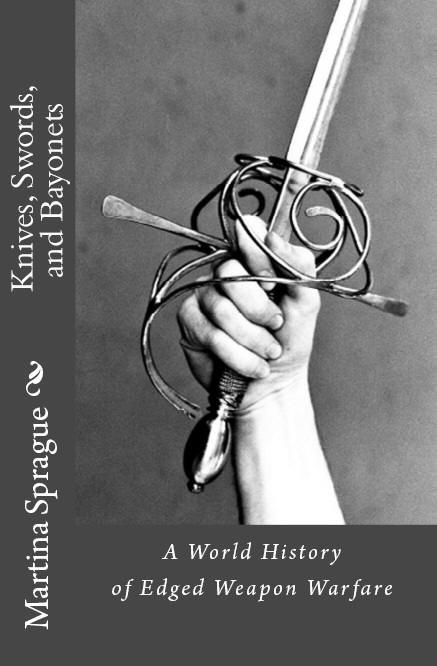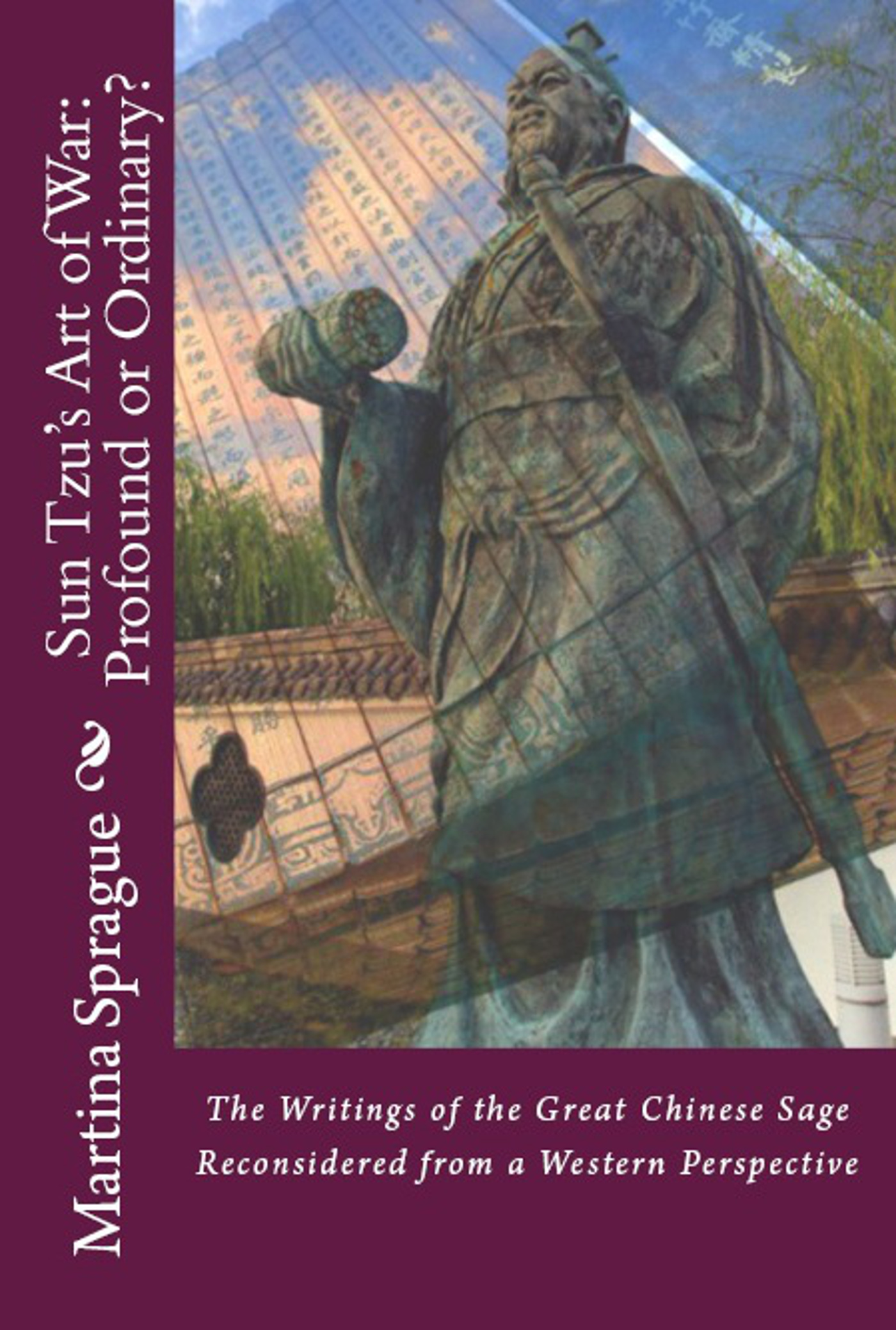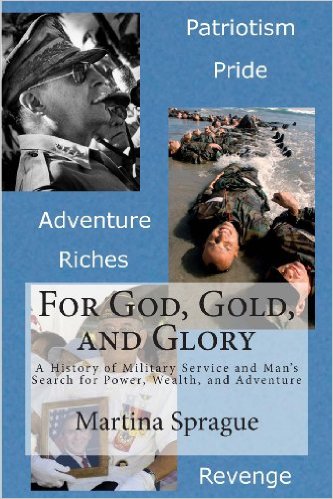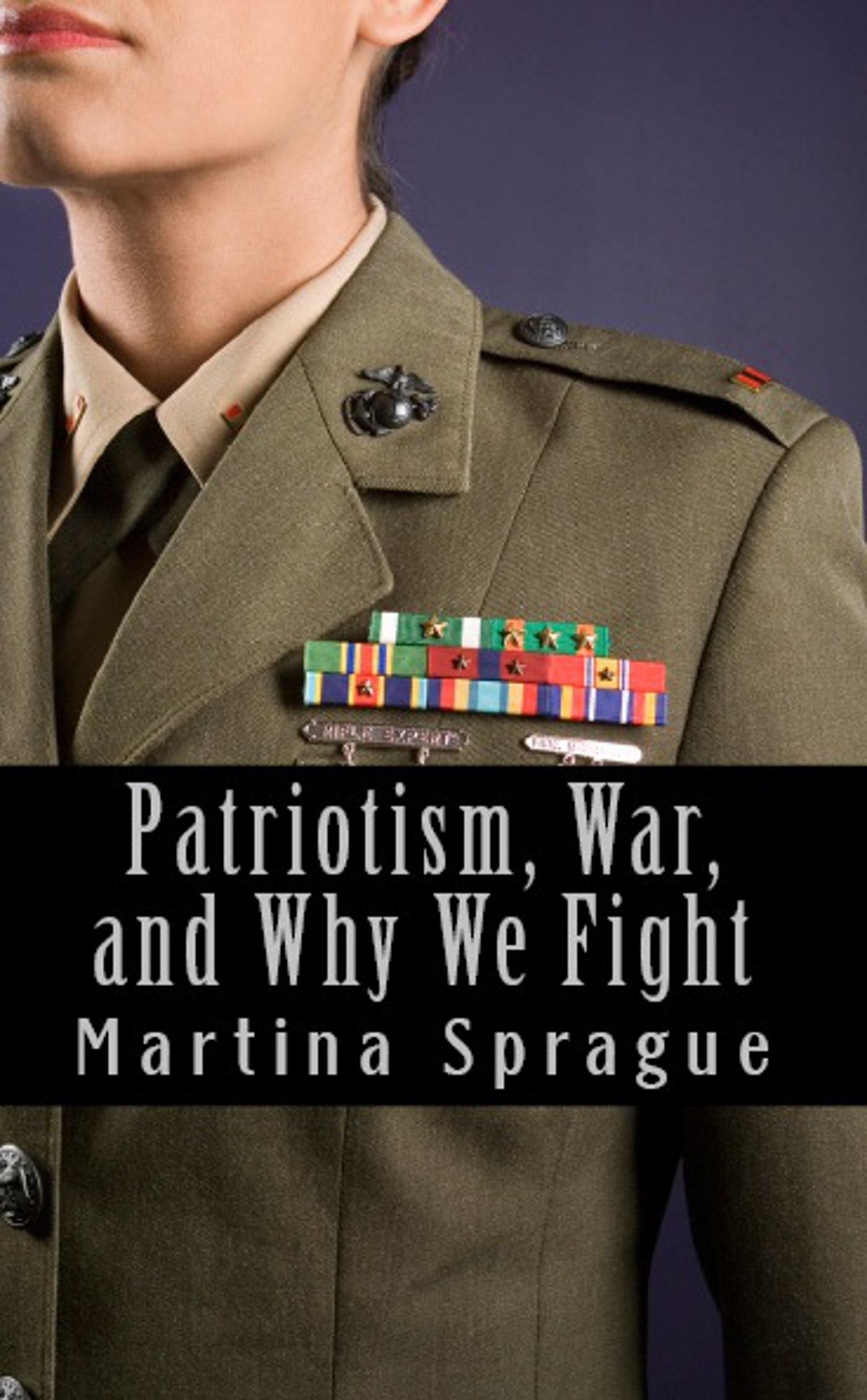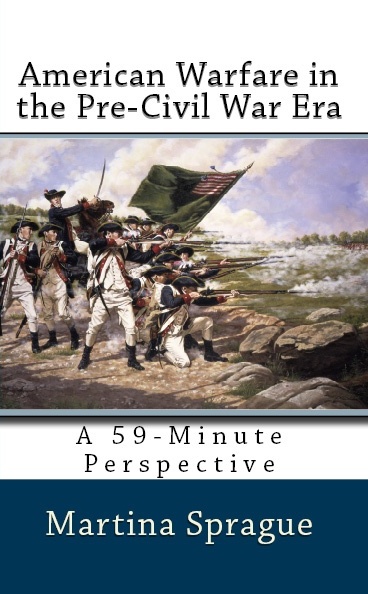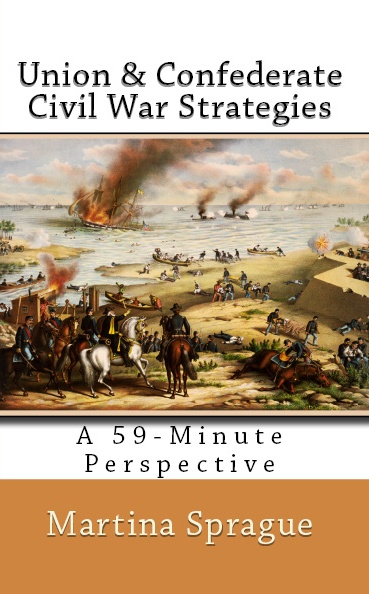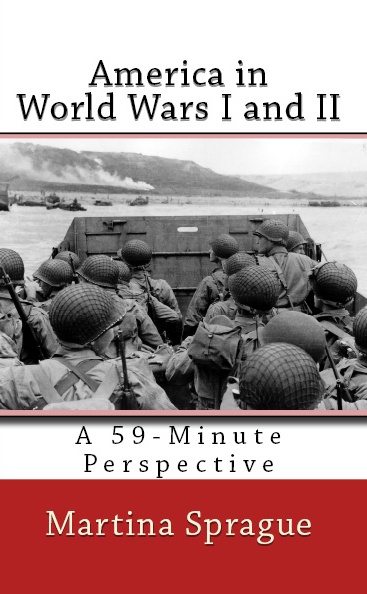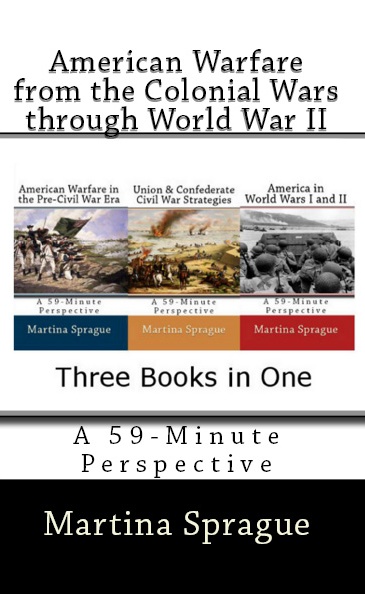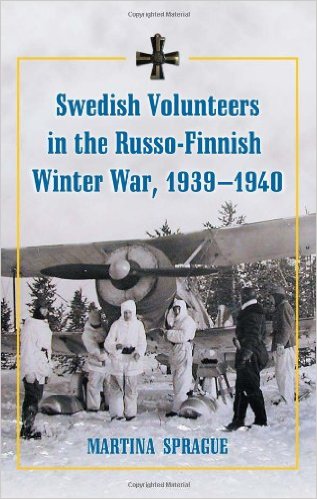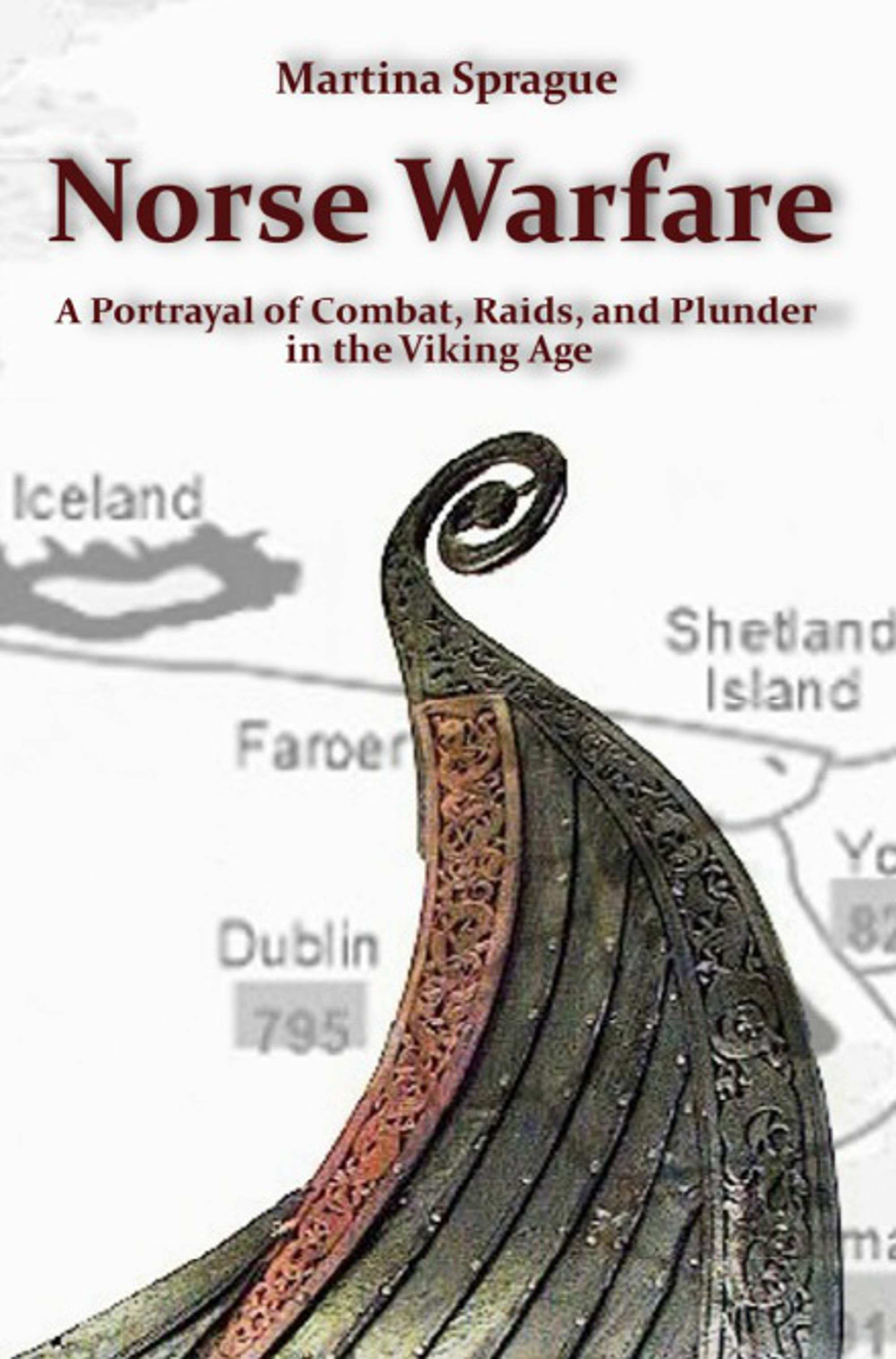 fax (000) 000-0000
fax (000) 000-0000
toll-free (000) 000-0000
Knives, Swords, and Bayonets: A World History of Edged Weapon Warfare
This book examines the history of edged weapons in Europe, Asia, Africa, the Americas, and the Middle East and surrounding areas before gunpowder increased the distance between combatants. It takes a critical look at the relationship between the soldier, his weapon, and the social and political mores of the times; examines the historical background and metallurgic science of the knife, sword, or bayonet respectively; and explores the handling characteristics and combat applications of each weapon. The book is written for those with an interest in exploring the historical beginnings of edged weaponry, how edged weapons have been used in war in different parts of the world, and the value the soldier attached to his weapon. Military, social, and political history is discussed.
Best Swordsman, Best Sword: Samurai vs. Medieval Knight
Our purpose with this book is to pit a samurai against a medieval knight to determine who proved to be the better swordsman, who wielded the better sword, and who came from the superior culture. Our analysis will encourage you to think about the many nuances of swordsmanship in different terrains and cultural settings, and how a Japanese samurai might have acted and reacted had he crossed swords with a European medieval knight, and vice versa. It is of interest to those who have some experience practicing with the sword, but primarily to those who like to ponder the use of the sword in a historical context; neither for sports or to settle points of honor, nor for health or personal fulfillment, but on the battlefield where the objective was to kill the opponent. The intent is to discern relationships between seemingly separate histories and lead us toward a broader horizon regarding historical swordsmanship.
Sun Tzu's Art of War: Profound or Ordinary?
How profound is Sun Tzu in relation to the full expanse of Chinese and European military history? While historical accounts can act as pillars of strength and as guideposts for building military theories, statesmen or generals can rarely rely on Sun Tzu's advice as a prescription for success by randomly picking statements from his book. This book offers a new perspective on the Art of War by comparing and contrasting Asian and Western military thought. It explores how Chinese history and culture influenced Sun Tzu's writings, and how his writings later influenced future military leaders. It also brings to light how military leaders often ignored Sun Tzu's lessons, and how changing times and battlefield requirements occasionally made Sun Tzu's advice impractical or impossible to implement.
For God, Gold, and Glory: A History of Military Service
Soldiers fight for a variety of reasons: a sense of patriotic duty, the lure of financial gain, or the desire for honor and glory. Some want a bit more than what life has to offer. Others feel that war is their destiny; they can see the writing on the wall and know they must be part of it. The field of military history is rich and complex and is closely related to cultural, social, and political history. In addition to battle history, it involves a study of the personal journeys of the soldiers and the underlying currents that shaped their lives. This book examines the factors that drive young men and women into voluntary military service for their country (or for somebody else’s). The book is composed of five parts discussing events from world history and military service related to patriotism, financial gain, adventure, heroism, and disillusion.
Patriotism, War, and Why We Fight
Patriotism is a powerful force that compels men and women to give full support to their government in time of war. But patriotism and loyalty are largely based on the belief that one has a personal stake in the outcome. This brief study, which examines men and women who made war their prime call of duty for real or perceived patriotic reasons, contains the introduction and first chapter of the full analysis of war volunteering titled, For God, Gold, and Glory: A History of Military Service and Man’s Search for Power, Wealth and Adventure.
Understanding Carl von Clausewitz
Carl von Clausewitz's book, On War, has stood the test of time. Clausewitz's greatest contribution may have been in the organization and compilation of commonly known facts, rather than in the discovery of new truths with respect to combat and war. He succeeded because he analyzed a great number of elements, shedding light on old ideas, and clarifying these in a format that the masses of military men could understand. He recognized the importance of studying failure brought by uncertainty and chance. There are many prisms through which one can view Clausewitz and the ways in which he expressed military theory. Rather than examining specific battles or simply giving the reader a rundown of facts for memorization, this brief book introduces the major issues that appear in On War. The intent is not to go into depth about Clausewitz, but to give the reader a good start through brevity, in the hope that it will trigger further analysis and discussion.
American Warfare in the Pre-Civil War Era
The colonists arrived in America anticipating conflict; they arrived with the prior knowledge that they would have to fight and defend themselves. As they pushed the frontier, they were willing to resort to almost any method of warfare, no matter how ruthless. They did not engage in large state-sponsored wars for the purpose of controlling enemy governments, but fought for survival in a new land. Violence thus became an essential part of early American history. This book focuses on the underlying military, social, and political factors that shaped early American warfare and drove the development of our nation’s military tradition.
Union and Confederate Civil War Strategies
The Civil War is an enormously important event in our nation’s history, and not just a fleeting disagreement about slavery between the northern and southern states. As such, it has impacted our country’s political course into modern day. Although the Civil War ended slavery based on legal doctrine, the oppression of the former slaves did not end, and racism has continued through the civil rights era and continues to some extent today. This brief study aims at rousing additional interest and provoking critical thinking about what might have been the most important event in our nation’s history. It focuses on the underlying social and political factors that shaped the decision of the southern states to secede from the Union, and the Union’s subsequent attempt to prevent their secession.
America in World Wars I and II
Never having participated in a conflict on the scale of World War I naturally taught America that it needed some adjustments to its military forces. When America entered the war, the Allies also minimized American achievements and viewed American troops as less prepared to meet the challenges of modern wars than the stalwart, disciplined, and well-trained French and British forces. In the interwar period, the United States realized that Japan was becoming a growing strategic problem. In case of war, the American war effort would have to be divided between Europe and Asia. What America might be best remembered for, however, are the strategic bombing campaigns that culminated in dropping the atomic bombs on Hiroshima and Nagasaki. This brief study aims at rousing additional interest and provoking critical thinking about how these large-scale wars shaped military policy and the future of the United States Armed Forces, including our nation’s decision to go to war.
American Warfare from the Colonial Wars through World War II
Although violence is an integral part of all types of warfare, there is value in studying American military history. By comprehending the past, we can at least begin to comprehend the development of our nation’s military forces on the domestic and international level. Each book in this 3-book volume is suitable for history interested readers looking for thought provoking topics, but not having a lot of time; and for teachers preparing the class for critical thinking about historical events. This special volume includes three books from the 59-Minute Perspective series: American Warfare in the Pre-Civil War Era; Union and Confederate Civil War Strategies; and America in World Wars I and II.
Swedish Volunteers in the Russo-Finnish Winter War, 1939-1940
Sandwiched between Nazi Germany and the “Russian Bear,” Sweden walked a diplomatic tightrope when determining if and how it would support Finland’s cause during the Russo-Finnish Winter War of 1939-1940. Social and political forces motivated the Swedish leadership to promote neutrality and avoid official military engagement, while at the same time the Swedish Volunteer Corps became one of the largest volunteer combat forces in any modern war. Examining the often overlooked role of the more than 8,000 Swedish volunteers in Finland, this book discusses the political background of the Winter War and the events preceding the conflict, the experiences of volunteers in ground and air combat missions, the setbacks they suffered due to weather and terrain, and the ever-present fear that war would come to the Scandinavian Peninsula.
Norse Warfare: A Portrayal of Combat, Raids, and Plunder in the Viking Age
Part page-turning historical narrative and part revelatory myth-buster, Norse Warfare delves deep into the glorious adventures and fierce conquests of the Viking world. With more than 100 photographs, a glossary of terms, and three appendices, Norse Warfare is a compelling literary read and historical analysis that brings to life the story of the Viking warriors.
